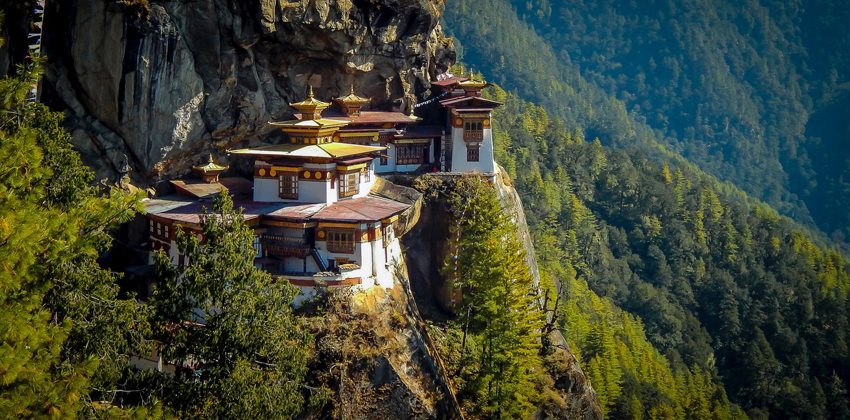
Tigers Nest
Tigers Nest facts
- Duration of Trip: 5 Days
- Trekking Days: 5 Days
- Type of Tour : Hotel
- Country : Bhutan
A temple complex was first built in 1692, around the Taktsang Senge Samdup cave where Guru Padmasambhava is said to have meditated for three years, three months, three weeks, three days and three hours in the 8th century. Padmasambhava is credited with introducing Buddhism to Bhutan and is the tutelary deity of the country. Today, Paro Taktsang is the best known of the thirteen taktsang or "tiger lair" caves in which he meditated.